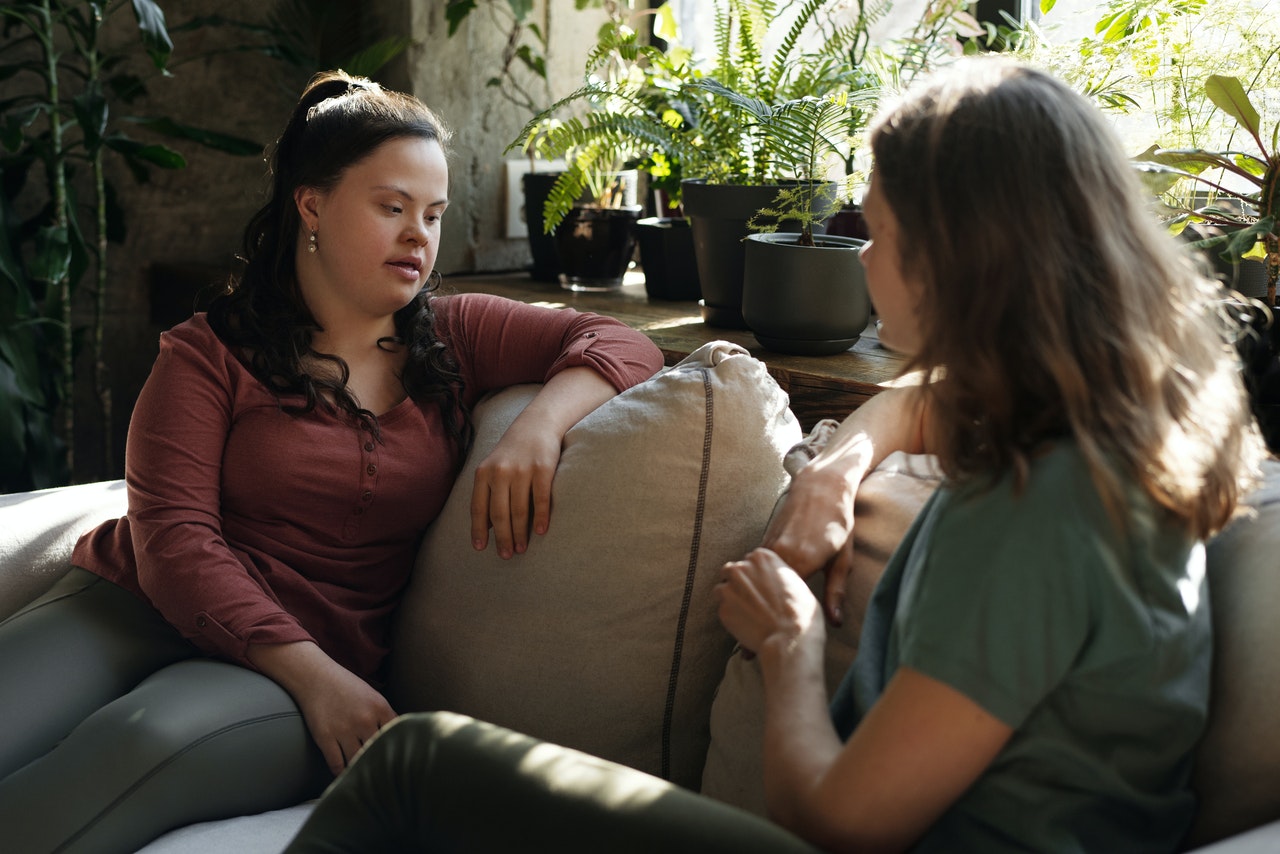At a glance
The Department for Levelling Up, Housing and Communities (DLUHC) wanted evidence of the impact of funding community-based activities, intended to improve vaccine uptake in local areas with high levels of vaccine hesitancy. Guided by a Theory of Change, a mix of evaluation methods were used to build evidence of the funding’s impact. The evaluation approach overcome challenges including a lack of evidence of the situation before funding was introduced, and difficulty identifying similar local authorities without funding (to establish what might have happened without it).
Challenges and objectives
From January 2022, DLUHC had funded community-based activities to improve Covid-19 vaccine uptake in local areas with high levels of vaccine hesitancy. This funding had been awarded to 60 local authorities. DLUHC wanted evidence of how effective this funding had been, in creating additional opportunities to receive Covid vaccines, in combatting misinformation about vaccines, and in encouraging uptake. There were various challenges. For example, there hadn’t been any opportunity to gather data about the situation in each local area before the funded work began, as a baseline. The funding had been awarded to all local authorities with lower levels of vaccine uptake, which meant it was hard to identify any similar local authorities to use as a point of comparison, to establish what might have happened without the funding. And some of the local areas had previously been funded to do broadly similar work, making it difficult to unpick what impacts were caused by the new funding rather than the previous funding.

Solution
A mix of research methods were used to build evidence of the funding’s impact. To address the lack of baseline data, a residents’ survey asked about behaviours and attitudes ‘now’ and on 1st January 2022; and official vaccine statistics were analysed, covering multiple points in time before and after the funding was introduced. To tackle the lack of similar local authorities who hadn’t received any funding, an artificial comparison group was created out of individual wards. Ten of the local authorities that had received the funding became case studies, and qualitative discussions in these areas allowed us to explore how the new activities built on the previous round of funding. All of this was informed by a Theory of Change that described how the funded activities were intended to lead to the desired outcomes. Input from economists was used to add an assessment of whether the funding delivered value for money.

Impact
The evaluation is generating evidence of whether the funding had any impacts on attitudes to vaccination, opportunities to receive Covid vaccines, and vaccine uptake, as well as wider effects on relationships and trust between communities, local authorities and community organisations. It is also highlighting lessons learned around the ‘ingredients’ for building trust, and changing attitudes and behaviours. The study findings are likely to be published in spring 2023 and the impacts reviewed following that.





